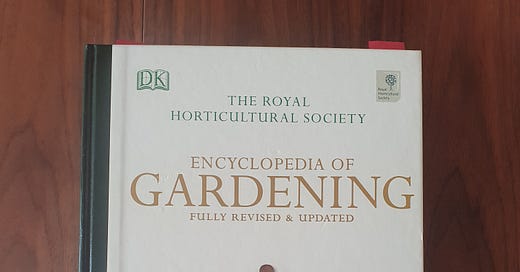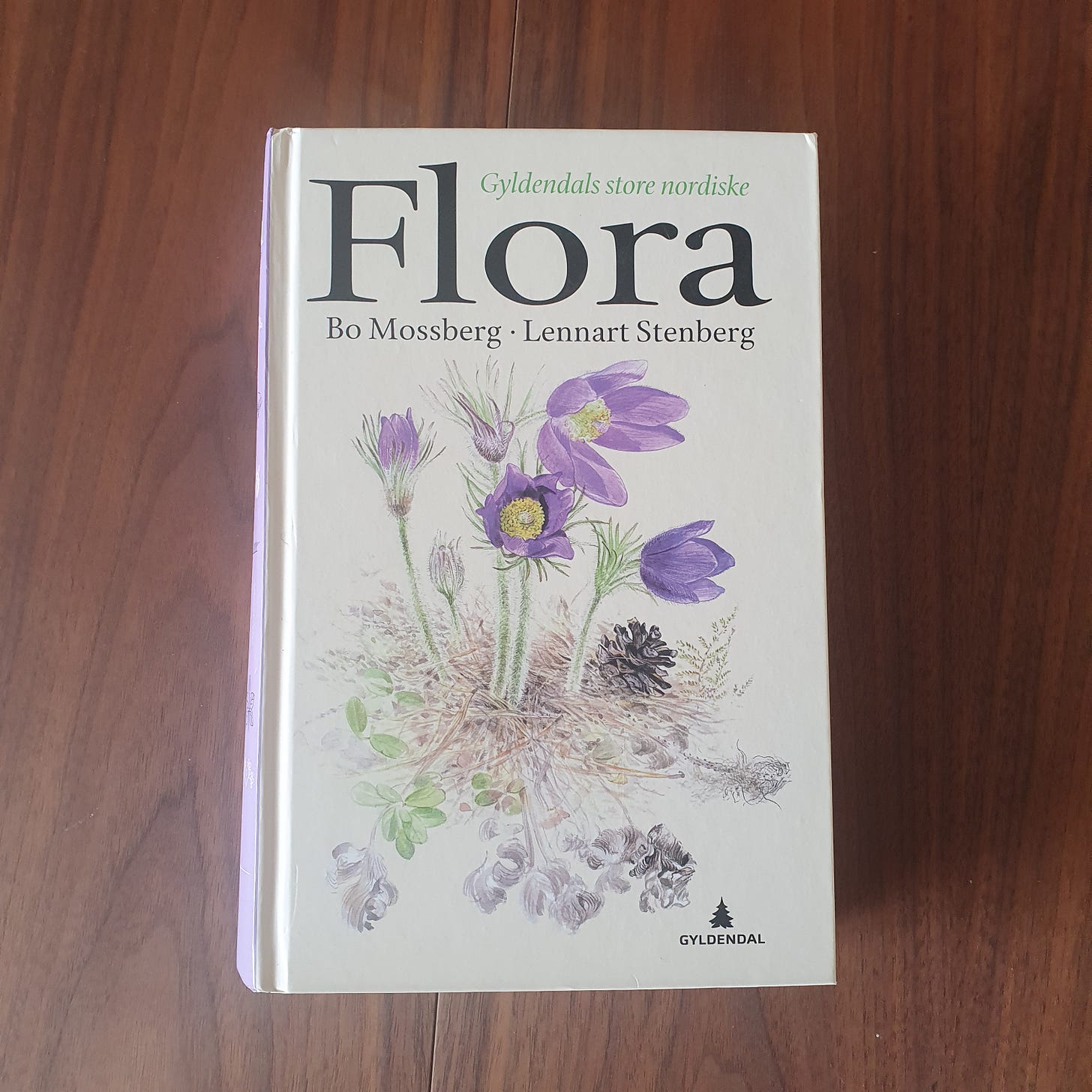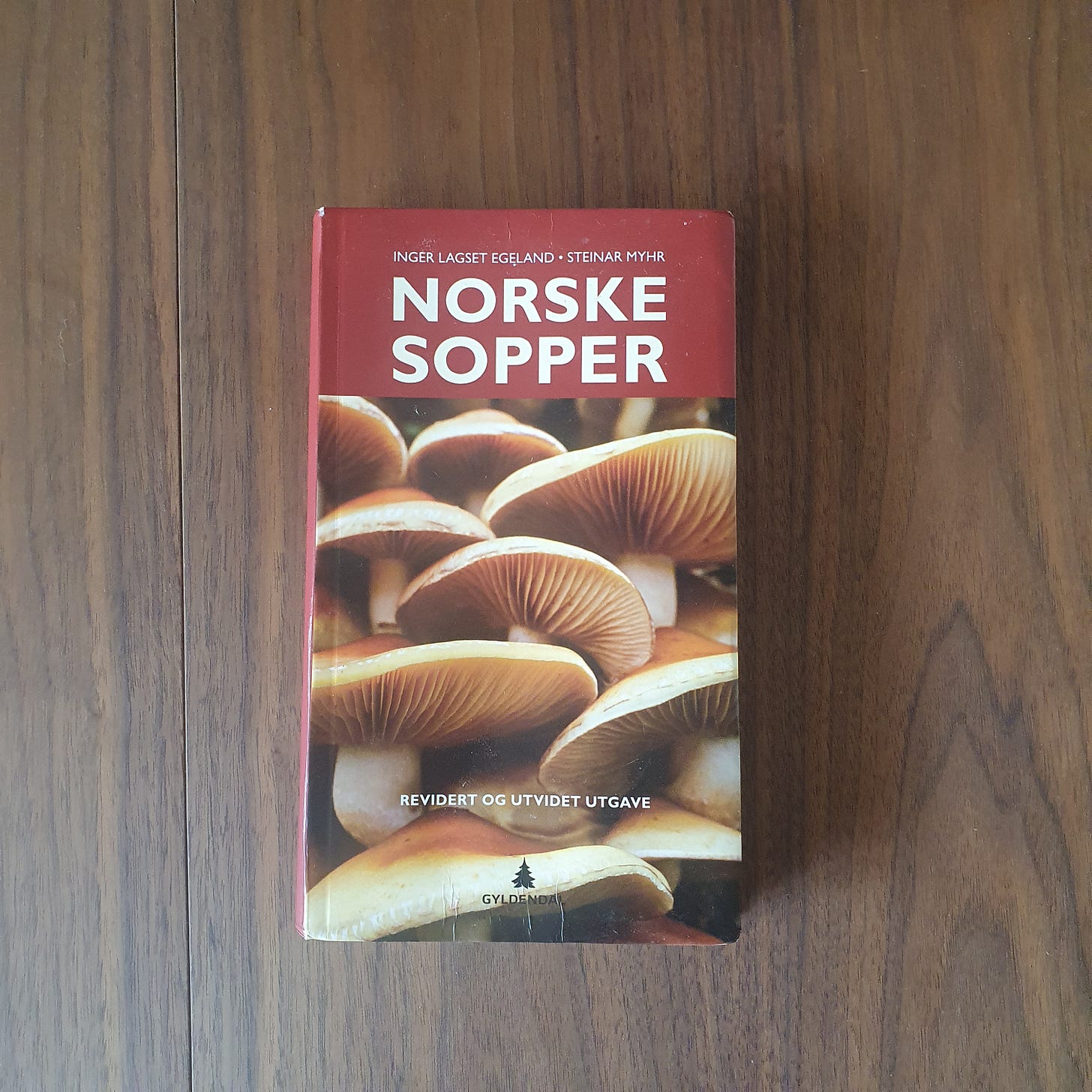Hi again everyone! It’s nice to be back. I’ve been reading plenty over the summer and thinking more about ideas of the library, at home and elsewhere. Over the summer months while the newsletter has been on hiatus, Miriam and myself have been busily getting our garden into shape and as with most things, books have a role to play here.
There is hardly a room in our house without a book in it—the kitchen is full of recipe books and books on food more generally; I have books in my study that reflect my interests; Miriam has many sewing pattern books and knitting technique books of all kinds. The living area where most of the books are is where you’ll find books on gardening and related topics. These books are an important part of the library, more functional in their purposes—the gardening books somewhere between manual and reference work usually—than many of our books, but a good thing to have in a library and a reflection often of burgeoning interests.
One thing we learned once the snow had melted and we had raked up the dead grass was that our garden was lousy with weeds. Specifically with dandelions. While we are well aware that the dandelion is a useful plant and edible (as well as drinkable), our garden was totally overrun with them and it’s clear that our previous owners hadn’t done serious weeding in many years
In addition to the dandelions, there are an abundance of wild flowers that are dotted about the garden as well as wild strawberries in patches which makes for a more interesting outdoor space than a perfectly monocultural grass plain. Still, we spent successive weekends weeding and weeding to try get a handle on the situation. In that time, I was spending huge chunks of my weekend examining closely dandelions from the root on up, and did a little reading around them. I was also at the time reading Maggie O’Farrell’s excellent Hamnet in which she writes the death of Shakespeare’s son with Anne (Agnes) Hathaway as a significant character (The bard is never actually named in the entire novel), as is her knowledge of herbs and plants.
More practically, I began looking at some of the Gardening Encyclopedias that we have—as well as a book on worms I bought Miriam as a gift some time back—to learn more about the world of gardening. Although they are chiefly meant for the UK and so not all of the information transfers to a Norwegian inland climate, still you get a good grounding in many things, like weeds and weeding for instance!
Another book in our collective library here at home that is often thumbed is a book for identifying mushrooms, which has a handy system to show what species of mushroom and fungi are edible, edible but unpleasant, and outright poisonous.
When we bought the house the far corner of the garden had a number of large evergreens which were specifically there to block the light! We cut them down with the help of a neighbour (and split the wood between us) and so the mossy patch of grass that had been shaded for more than two decades surprisingly sprouted some very early mushrooms.
These books represent a library within our home library. Although you can google most anything these days, having such books to hand—usually beautifully produced, sturdy and well-illustrated—can give the added pleasure of “being in” the garden even after the weather turns and the autumn and winter slowly start to creep in.
On the Bookwheel:
Guy Barter, How Do Worms Work?, London: Mitchell Beazley, 2016.
Christopher Brickell (ed.), The RHS Encylopedia of Gardening, London: Dorling Kindersley, 2007.
Inger Lagset Egeland & Steinar Mhyr, Norske Sopper: Revidert og Utvidet Utgave, Oslo: Gyldendal Forlag, 2011.
Bo Mossberg & Lennart Stenberg, Gyldendals store nordiske Flora, Oslo: Gyldendal, 2014.
Maggie Farrell, Hamnet, London: Headline 2020.
I’ll be back to posting semi-regularly again over the winter—I hope—so if you enjoy the newsletter do share it with friends who you think might enjoy it!






